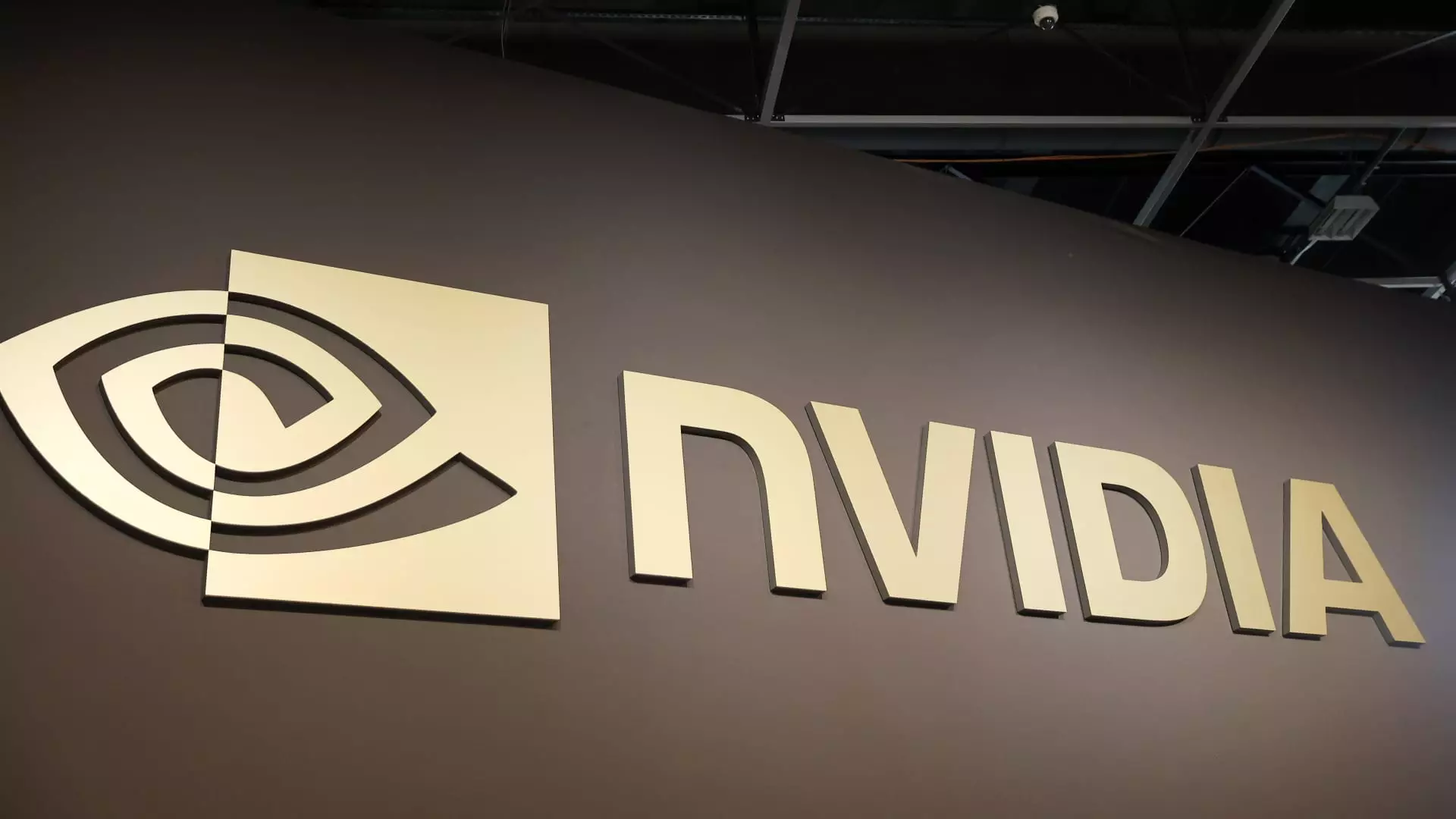Nvidia’s stock journey in 2025 has been nothing short of a roller coaster, filled with skepticism and cautious optimism. Early in the year, fears surrounding Chinese export restrictions cast a dark shadow over the semiconductor sector, dragging Nvidia’s shares through a stagnant, range-bound phase. This vulnerability in part reflects a broader market hesitation about mega-cap tech stocks that have already enjoyed meteoric rises. The skepticism isn’t unwarranted—such lofty valuations often invite profit-taking and caution, especially when the industry dynamics seem to be shifting rapidly. However, the recent string of record-breaking closes for Nvidia reveals a much more promising narrative. This isn’t just a fleeting bounce; investors are signaling a renewed confidence, likely fueled by deeper, structural forces within the technology and AI landscape.
Why Should We Stop Doubting Nvidia’s “Too-Good-To-Be-True” Story?
The harsh truth about many high-flying tech companies is that their stories often appear too good to be sustainable. Nvidia has often found itself at the center of this skepticism, with critics arguing its past growth runway might be drying up. This doubt has contributed to investor unease, as the market waits to see if Nvidia’s AI-driven boom can persist beyond hype cycles. Yet, from a center-right liberal economic perspective, it’s critical to recognize the role of innovation and capital allocation in sustaining competitive advantages over time. Nvidia’s “remarkable growth” isn’t merely a product of market sentiment; it’s the outcome of genuine technological leadership, aggressive R&D, and strategic positioning at the forefront of AI—a sector still in its early phases of expansion, contrary to fears that it has peaked.
The Golden Cross: Technical Validation or Overstated Signal?
Technical analysts have spotlighted Nvidia’s recently formed “golden cross,” where the 50-day moving average overtakes the 200-day average, as a potent bullish signal. While sometimes viewed as a self-fulfilling prophecy among traders, in Nvidia’s case, this pattern arguably validates deeper market confidence. It does not merely represent momentary price momentum but signals an underlying trend of durable buying interest. Critics may dismiss such technical markers as short-term tricks, but Nvidia’s consistent gains suggest a genuine shift in investor sentiment. This shift comes at a time when the company is seemingly poised to capitalize on multiple growth catalysts, helping bridge the gap between present valuation concerns and anticipated revenue expansions.
Anticipating the Blackwell Effect and Earnings Catalysts
Investors’ enthusiasm towards Nvidia’s forthcoming earnings and product launches, especially the Blackwell chip roll-out, is not without merit. Market participants expect the technology to introduce significant performance and profitability improvements, which are projected to manifest in higher revenue guidance during upcoming quarterly reports. The anticipation of these advances helps explain the recent strong buying activity despite already rich valuations. What stands out is how Nvidia’s innovation pipeline feeds directly into investor expectations for margin expansion and market share gains—a virtuous cycle that goes beyond short-term hype. From a pragmatic investment viewpoint, the strategic timing of product releases aligns well with broader semiconductor industry tailwinds, suggesting Nvidia’s leadership remains far from challenged.
Dispelling the Custom Chip Threat and Sustaining Long-Term Growth
One oft-cited concern comes from hyperscale cloud providers designing their own silicon, potentially sidestepping traditional chip suppliers like Nvidia. While superficially threatening, this trend is frequently misunderstood. Building custom chips entails vast capital expenditure and talent acquisition challenges that many companies cannot justify in the current market environment. Nvidia’s unique blend of scale, R&D capability, and ecosystem integration gives it a formidable moat. Moreover, the intense competition for AI talent, underscored by the multimillion-dollar incentives firms like Meta employ to lure critical experts, reinforces the reality that deep expertise and innovation leadership remain scarce resources. Therefore, rather than fearing imminent disruption, Nvidia’s entrenched position suggests it will continue benefiting from the early stages of AI infrastructure development, a phase that is still accelerating globally.
Valuation Realities and the Case for Intelligent Optimism
Despite Nvidia reaching all-time highs, its valuation presents a compelling proposition when analyzed through a price-to-growth lens. Unlike many tech darlings ballooned by speculative enthusiasm alone, Nvidia’s story reflects meaningful earnings growth grounded in technological progress and market demand. The stock’s premium is not baseless exuberance but an acknowledgment of enduring competitive advantages that align with a longer-term economic view. For investors who understand the balancing act between growth optimism and measured valuation discipline, Nvidia represents an attractive large-cap option. This observation should invite a recalibration of the narrative that high valuation equals an irresponsible gamble. On the contrary, Nvidia exemplifies how innovation-driven enterprises can justify premium pricing while maintaining robust fundamentals.
The Bigger Picture: AI’s Early Days and Market Dynamics
Stock market volatility often obscures the bigger picture, which is that Artificial Intelligence remains in a nascent phase with vast untapped potential. Nvidia’s trajectory epitomizes the growth potential inherent in early-stage industries where technological breakthroughs drive exponential business expansion. While many are quick to label recent rallies as the “next tech bubble,” such cynicism underestimates the scale and speed of AI adoption across multiple sectors. The semiconductor industry, anchored by pioneers like Nvidia, is positioned not simply to profit from transient trends but to underpin the next wave of economic productivity and innovation. Therefore, a center-right perspective would emphasize prudent optimism: acknowledging risks and valuation challenges while recognizing the strategic value of boosting innovation-led growth drivers essential for long-term prosperity.

